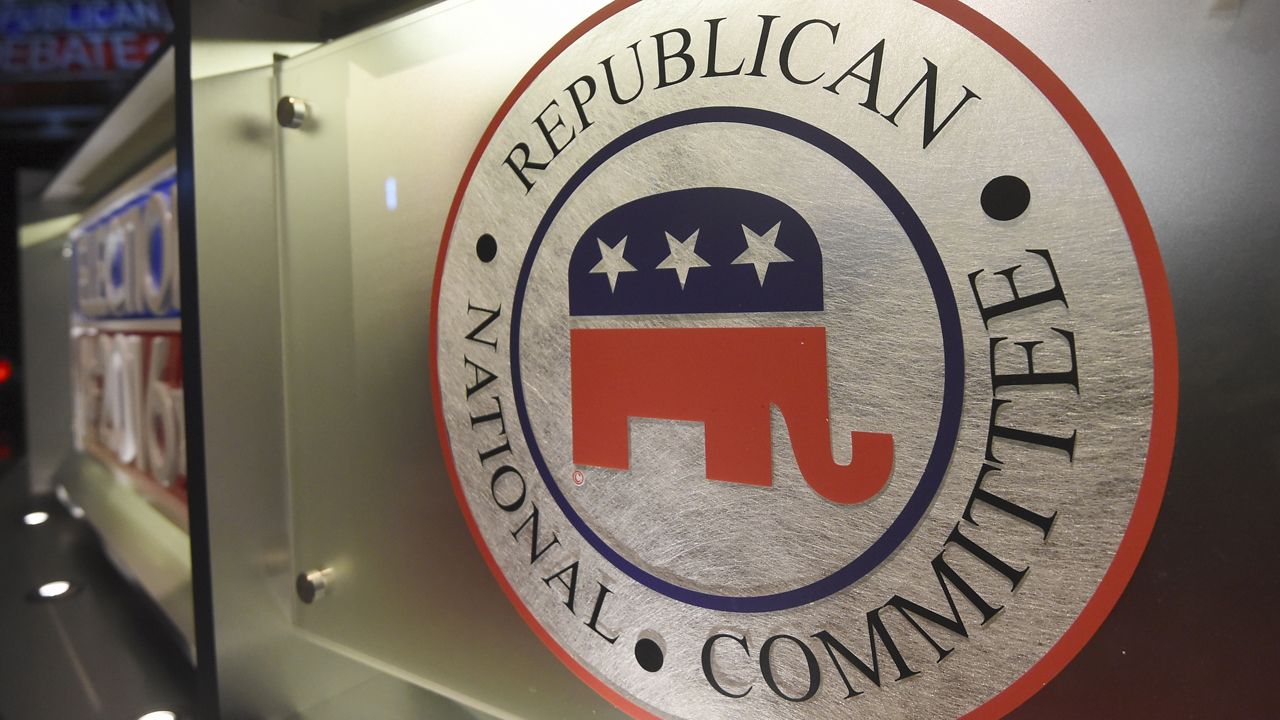
Microsoft Poised to Sit Out TV’s Upfront Market (EXCLUSIVE)
The TV upfront market doesn’t appear to compute for Microsoft.
The technology giant has been telling TV networks and media buyers that it intends to bypass TV’s annual haggle for commercial inventory, according to four executives familiar with recent discussions. The company behind such products and services as Windows, LinkedIn, the Halo video games and Surface tablets instead favors taking its chances in what is known as TV’s “scatter” market, the purchase of ad time bought closer to run date.
Microsoft seems to feel that it needs to be cautious in trying to sell consumers expensive hardware and other tech goods at a time when the stock market is churning, according to two of these executives, and when people may be fretting about loosening their purse strings. Each year, as part of the upfront, U.S. TV networks try to sell the bulk of their commercial inventory in advance, and advertisers who do so can lock in prices in case they rise later in the year.
A representative for Microsoft said the company declined to comment.
Microsoft spent around $294.8 million on TV advertising in 2021, according to Kantar, a tracker of ad spending. Of that amount, the bulk — around $164.2 million — went to broadcast TV, with another nearly $128 million earmarked for cable TV. Microsoft spent around $2.7 million on Spanish-language TV in 2021, according to Kantar. One media buyer suggested any decision by Microsoft to bump spending would likely affect TV’s sports-advertising market, where the tech giant is a regular customer.
The company’s maneuver is likely to spur another round of hand-wringing over the upfront, a buying system that has been around for decades but has come under scrutiny from advertisers and proselytizers of new spending methodologies. In 2020, the Association of National Advertisers, an influential trade group, called for a delay in upfront negotiations, suggesting that the coronavirus pandemic had fogged business outlooks. The group even pressed to start a new “calendar year” process “with the typical negotiation window occurring in the fall or early winter timeframe,” according to a statement at the time.
The trouble with such concepts is that they don’t stop some advertisers from spending when others want to wait. Unlike the Internet, TV networks have only a finite amount of commercial inventory to sell each year, and executives tend to manage their process to get the highest prices they can. That means holding only a small amount of inventory — typically 20% or 25% — in reserve for “scatter” buying, and trying to do more business with advertisers who pay higher rates in the cost of reaching 1,000 viewers, a measure known as a CPM that is central to discussions between the networks and Madison Avenue.
Other big advertisers have tried to abandon the upfront, none with lasting success. In 2006, healthcare giant Johnson & Johnson told big TV networks it wanted to sit out the process, citing a desire to spend ad money when its business required, not when the TV companies wanted to write deals. Such a gambit can be risky, with advertisers ceding the chance to get spots in top programs while their rivals snap them up. Delaying buys for scatter also often requires the advertisers to work behind the scenes to secure a “handshake” from the network that there will be inventory to buy when the time comes.
Word of Microsoft’s maneuver surfaces as most of the TV companies have started writing deals. Disney started its sales process earlier than most, according to three executives familiar with discussions, followed thereafter by Fox Corp. and NBCUniversal. Paramount Global has entered the fray, according to a media buyer familiar with current talks. The company declined to comment.
The networks have been seeking rate hikes of 8% to 12% for CPMs, according to multiple executives, a pull back from the 16% to 22% increases sought last year. TV networks, mindful of a churn in the stock market, have been eager to drive volume across both TV and streaming venues, rather than pushing for outsize CPMs.
But money isn’t flowing everywhere equally. Advertisers are increasing their spend most significantly across digital and streaming, according to one media buyer, while maintaining their outlays on broadcast TV, perhaps even increasing them a little. But they are taking money once allocated for cable to fund that new spending in those aforementioned venues.






















































